Description
Check valves, also known as non-return valve or one-way valve, is a mechanical device that allows fluid or gas to flow in only one direction. It is designed to prevent backflow or reverse flow, ensuring that the process or system operates efficiently and safely.
Checks are commonly used in a wide range of industries, including plumbing, oil and gas, water treatment, power generation, chemical processing, and more. They can be found in various applications, such as pipelines, pumps, compressors, engines, and even household appliances.
The main function of a check valve is to permit the flow of fluid or gas in one direction while blocking it in reverse. This is achieved through a hinged valve disc or a swinging mechanism that opens to allow forward flow and closes to prevent backward flow. When the fluid or gas pressure exceeds a certain threshold to create reverse flow, the valve automatically closes to maintain system integrity.
Checks have several advantages and play a crucial role in maintaining the efficiency and safety of industrial processes. They effectively prevent fluid or gas from flowing backward, which can cause damage to equipment, reduce efficiency, or even lead to system failure. By maintaining proper flow direction, checks help optimize productivity, protect sensitive equipment, ensure chemical containment, and promote safe operations.
In conclusion, check valves are vital components in various industries, preventing backflow and ensuring efficient and safe fluid or gas flow. With their different types and configurations, checks can be tailored to meet specific application requirements and provide reliable performance.
Types of Check Valves
There are various types of checks available, each designed to suit specific applications and flow conditions. Here are the most common types of check valves:
Swing Check Valve
This type of valve consists of a hinged disc that swings freely on a hinge or pin. When the flow is in the forward direction, the fluid or gas pushes the disc open, allowing flow. When the flow reverses, the disc swings back and closes, preventing backflow. Swing checks are commonly used in pipelines and large-scale applications.
Lift Check Valve
Lift checks feature a piston or disk that moves vertically within the valve body. When the flow is in the forward direction, the fluid or gas lifts the disk, allowing flow. When the flow direction changes, the disk settles back into its seat, cutting off the flow. Lift checks are widely used in applications with low to medium flow rates.
Ball Check Valve
This type of valve uses a ball-shaped disc with a hole or a ball in a cylindrical housing. When the flow is in the desired direction, the fluid or gas pushes the ball, creating a pathway for the flow. When the flow reverses, the ball settles back onto a seat, sealing off the valve and preventing backflow. Ball check valves are commonly used in applications with high flow rates and low-pressure drops.
Diaphragm Check Valve
Diaphragm check valves utilize a flexible diaphragm that opens under the forward flow pressure, allowing flow. When the flow reverses, the diaphragm flexes back and covers the valve opening, stopping the flow. Diaphragm check valves are often used in applications requiring accurate flow control and low-pressure drops.
Wafer Check Valves
Wafer check valves are thin, lightweight valves that fit between two flanges. They use a swinging disc or a hinged door mechanism to control flow direction. When the flow is in the forward direction, the disc swings away from the seat, allowing flow. When the flow reverses, the disc swings back and seals against the seat, preventing backflow. Wafer check valves are commonly used in compact applications and systems where space is limited.
Tilting Disc Check Valves
Tilting disc checks have a disc that tilts on a hinge mechanism. When the flow is in the desired direction, the disc tilts open, allowing flow. Once the flow direction changes, the disc tilts back and closes, preventing backflow. Tilting disc check valves are often used in high-pressure and high-velocity applications.
These are the main types of checks commonly used in various industries. Also, each type has its own advantages and may be better suited for specific applications based on factors such as flow rate, pressure, and space constraints. Moreover, when selecting a check valve, it is important to consider the specific requirements of your system and consult with experts to ensure proper valve selection.
Importance of a Check
Check valves play a critical role in many industrial processes and systems and are important for the following reasons:
Prevention of backflow
One of the main functions of a check valve is to prevent the backflow or reverse flow of fluids or gases. Backflow can occur when the pressure in a system decreases or changes direction, causing the flow to reverse. In addition, this can lead to damage to equipment, decreased efficiency, contamination of fluids, or even system failure. Check valves to ensure that the flow remains in the intended direction, preventing these issues.
Protection of equipment
Backflow can be detrimental to equipment and machinery. For example, in pumping systems, backflow can cause pumps to run in reverse, leading to premature wear, decreased efficiency, and potential damage. Also, Check valves help protect equipment from these harmful effects by ensuring that flow only occurs in the desired direction.
Maintenance of system efficiency
Check valves help maintain the efficiency of various systems by preventing the disruption caused by backflow. Additionally, unwanted reverse flow can create turbulence, pressure spikes, or surges, which can reduce system efficiency. Check valves help mitigate these issues and help maintain a smooth, continuous flow, optimizing the performance of the system.
Prevention of contamination
In certain industries, such as water treatment, chemical processing, and food and beverage, maintaining the purity of fluids is crucial. Backflow can introduce contaminants, sediment, or impurities into the system, compromising the quality of the fluids. Also, Check valves act as a barrier against backflow, preventing contamination and ensuring the integrity of the system and the quality of the fluids or gases being transported.
Safety enhancement
Check valves contribute to overall system safety. For example, in piping systems carrying hazardous fluids, backflow could lead to leaks or spills, posing a risk to workers and the environment. Finally, check valves prevent such incidents by keeping the flow in the correct direction, minimizing the potential for accidents, and maintaining a safe working environment.
Process control
Check valves are often used in systems where flow control is critical. By allowing flow in only one direction, they help regulate the flow rate, pressure, and volume, ensuring proper process control and system stability. This can be particularly important in applications such as chemical dosing, where precise control and accurate dosing are essential.
In summary, check valves are important components in various industries and applications. They prevent backflow, protect equipment, maintain system efficiency, prevent contamination, enhance safety, and contribute to process control. By providing these functions, check valves help ensure the smooth and reliable operation of systems and processes in a wide range of industries.
Advantages of Check Valves
Prevents backflow
The primary advantage of check valves is their ability to prevent backflow. By allowing fluid or gas to flow in one direction only, they protect equipment, maintain system efficiency, and prevent contamination.
Easy installation
Check valves are typically easy to install and require minimal space compared to other types of valves. They can be installed in various orientations, making them versatile and adaptable to different system configurations.
Minimal maintenance
Check valves are generally low-maintenance devices. They do not require regular adjustment or lubrication, reducing the need for frequent inspections and servicing.
Fast response time
Check valves often have a fast response time, quickly closing when there is a change in flow direction, thereby minimizing reverse flow. Also, this ensures system integrity and prevents potential damage to equipment.
Wide range of sizes and materials
Check valves are available in various sizes and materials, allowing for customization based on specific application requirements. Not only but also, but they can be designed to handle different flow rates, pressures, and fluid/gas types.
Disadvantages of Check Valves
Pressure drop
Check valves can create a pressure drop or loss of head due to the flow restriction caused by the valve mechanism. Especially, this can be a concern when there are strict pressure requirements or limited available pressure in the system.
Limited flow capacity
Some types of checks, such as swing or lift check valves, may have limited flow capacity compared to other types of valves. Also, in high-flow applications, other valve designs may be more suitable.
Potential for water hammer
In certain situations, the sudden closure of a check valve can create a phenomenon known as a water hammer, resulting in pressure surges or shockwaves in the system. A water hammer can damage pipes, valves, and other components if not properly managed.
Potential for debris accumulation
Depending on the design, check valves may be prone to trapping debris or sediments within the valve body, potentially leading to clogging or reduced performance. Also, regular inspection and maintenance may be necessary to prevent any issues related to debris accumulation.
Limited control options
Check valves are primarily used for on-off flow control and are not designed for precise flow regulation or control. Apart from this, if fine-tuned control is required, additional valves or flow control mechanisms may be needed.
It’s important to note that while check valves offer several advantages, their suitability and performance depend on specific application requirements. Considering these advantages and disadvantages can help in selecting the appropriate type of check valve for a given system or process.
Industries that Use Check Valves
Check valves are widely used in a variety of industries where fluid or gas flow regulation, prevention of backflow, and system safety are crucial. Some of the industries that commonly utilize check valves include:
Oil and Gas
Check valves play a critical role in the oil and gas industry to ensure the smooth and efficient flow of oil, natural gas, and other fluids. Finally, they are used in pipeline systems, refineries, offshore platforms, wellheads, and production facilities to prevent backflow, maintain pressure integrity, and protect equipment.
Water Treatment
Check valves are extensively used in water treatment plants and distribution systems to prevent the backflow of contaminated water into the clean water supply. In addition, they help protect drinking water quality and maintain the efficiency of water treatment systems by preventing cross-contamination.
Power Generation
Check valves are essential in power generation facilities, including thermal power plants, hydroelectric power plants, and nuclear power plants. Also, they are used in systems such as cooling water, steam, and fuel gas to ensure the proper flow direction, prevent reverse flow, and protect sensitive equipment.
Chemical Processing
Check valves are widely employed in the chemical processing industry to secure the proper flow of various chemicals and prevent the mixing of different substances. Moreover, they are used in pipelines, reactors, pumps, and other equipment to maintain process efficiency, protect equipment from contamination, and ensure safe operations.
Petrochemical
The petrochemical industry relies on check valves to regulate the flow of various chemicals, gases, and petroleum derivatives. Finally, Checks are used in refineries, chemical plants, storage terminals, and transportation networks to prevent backflow, protect equipment, and maintain the integrity of the production and distribution processes.
Pharmaceutical and Food Processing
Check valves are critical components in pharmaceutical and food processing industries, ensuring the sanitary flow of fluids and preventing contamination. In addition, they are used in manufacturing processes, filling lines, and packaging systems to maintain product purity and prevent the introduction of unwanted substances.
HVAC (Heating, Ventilation, and Air Conditioning)
Check is widely utilized in HVAC systems to regulate the flow of water, refrigerants, and air. Additionally, they ensure the proper functioning of heating and cooling systems, prevent reverse flow, and optimize energy efficiency.
Mining
Checks find applications in mining operations, where they assist in controlling the flow of slurries, water, and other fluids. Also, they help prevent backflow, maintain system integrity, and protect mining equipment from damage.
Marine and Shipbuilding
Checks are crucial in marine and shipbuilding industries, where they play a role in ensuring the safe and efficient operation of various systems onboard vessels. More importantly, they are used in fuel systems, ballast systems, cooling systems, and other applications to manage fluid flow and prevent backflow.
These are just a few examples of the industries that extensively use checks. Additionally, their widespread application across various sectors highlights the importance of these valves in maintaining the integrity, efficiency, and safety of industrial processes and systems.
Other Specifications
Finally, the Full Port Checks provide more flow and lower pressure drops than conventional check valves. In addition, our elastomer hinge check valve design takes performance to an entirely new level by eliminating the restrictive valve seat and substantially increasing the valve’s open area and flow coefficient (CV)
- Available sizes 1/2″ – 4”
- Class 150, 300, 600
- body and disc
- steel seats
- Inline
In addition, it also comes in
- Sanitary, Socket, flanged or NPT
- Face-to-face dimensions: ANSI B16.10
- Flange dimensions: ANSI B16.5 150
- API 598 test standard
Check Valves Applications include
- Chemical and Petrochemical
- Pharmaceutical
- Also, Steam
- Marine
- Also, Industrial
- High Temperature
Check Valves Material Options
|
|
|
|
|
|
Engineering data, including available materials, dimensions, exploded view, part numbers and descriptions, standard models, valve Cv, pressure loss curves, and other information is available in our brochure.
Pls, Contact SRS for any other types of required check valves.


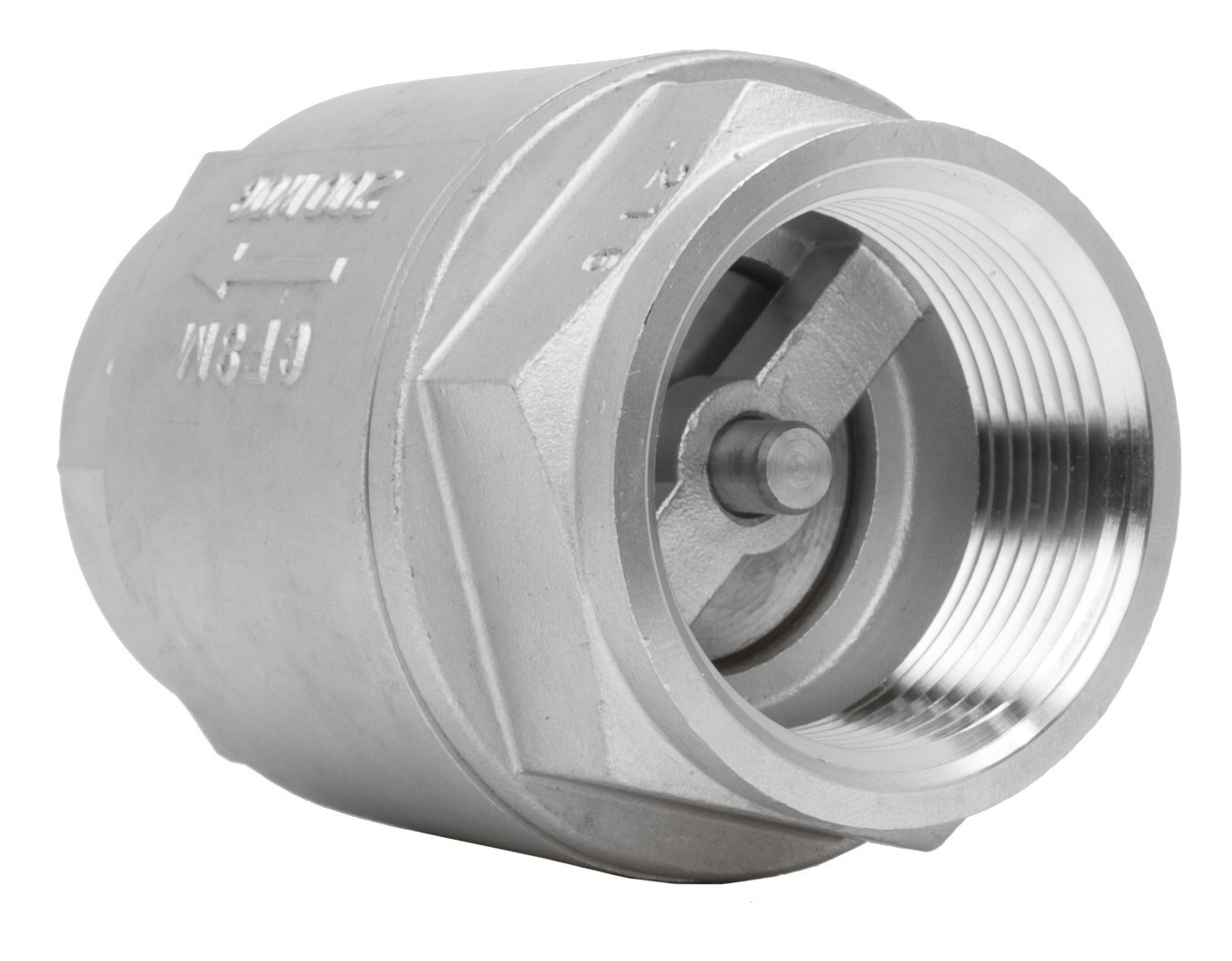
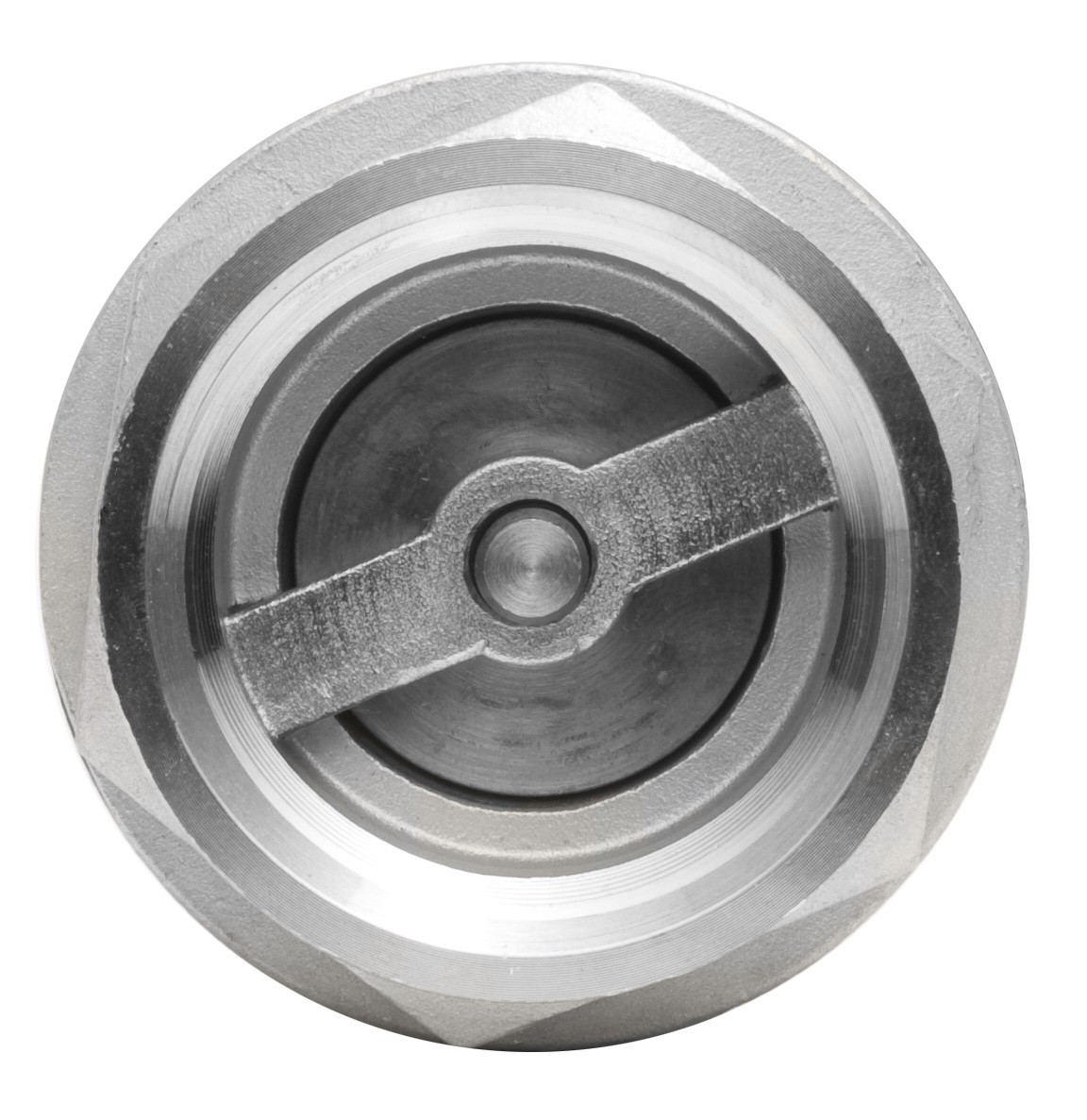

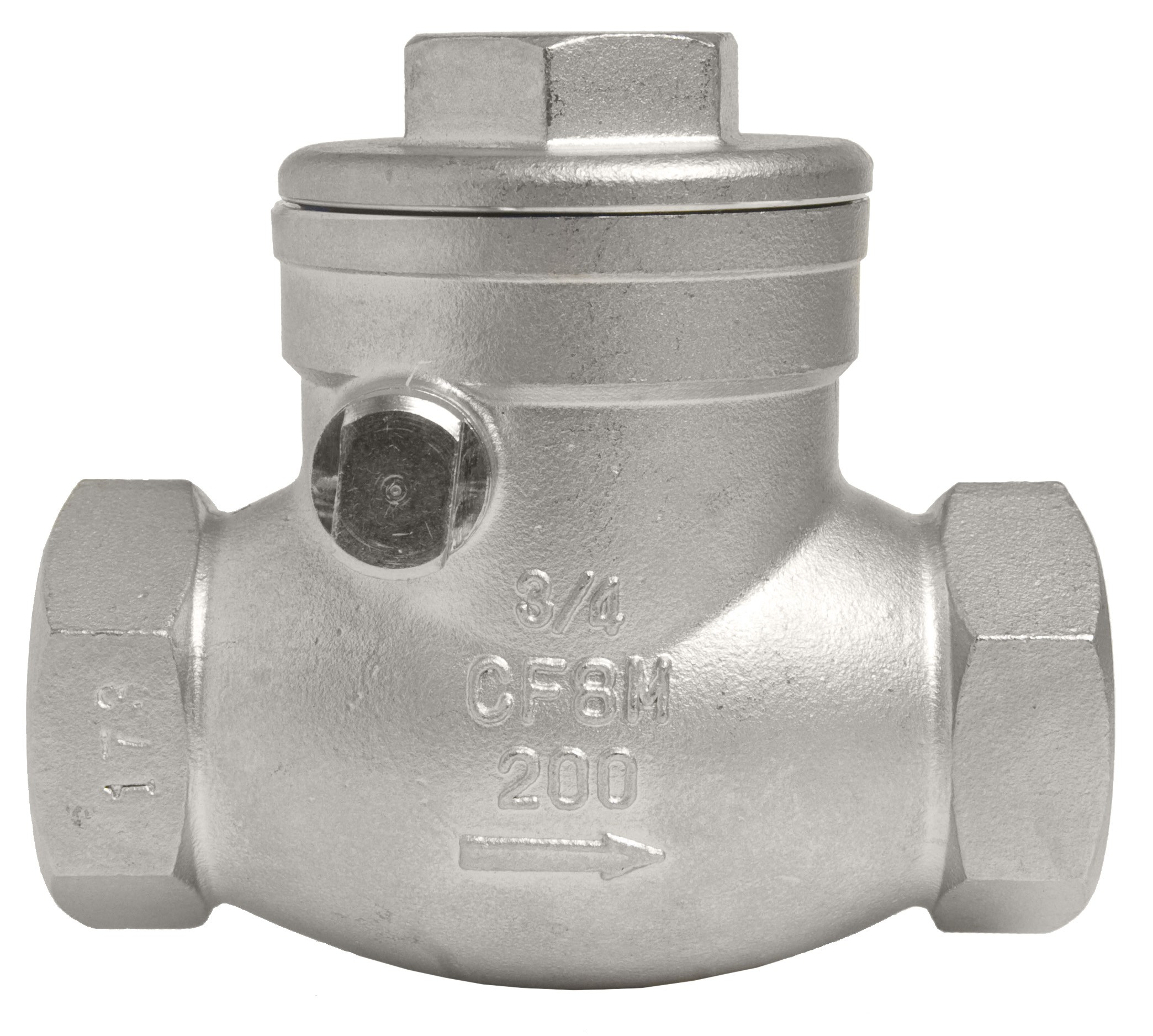

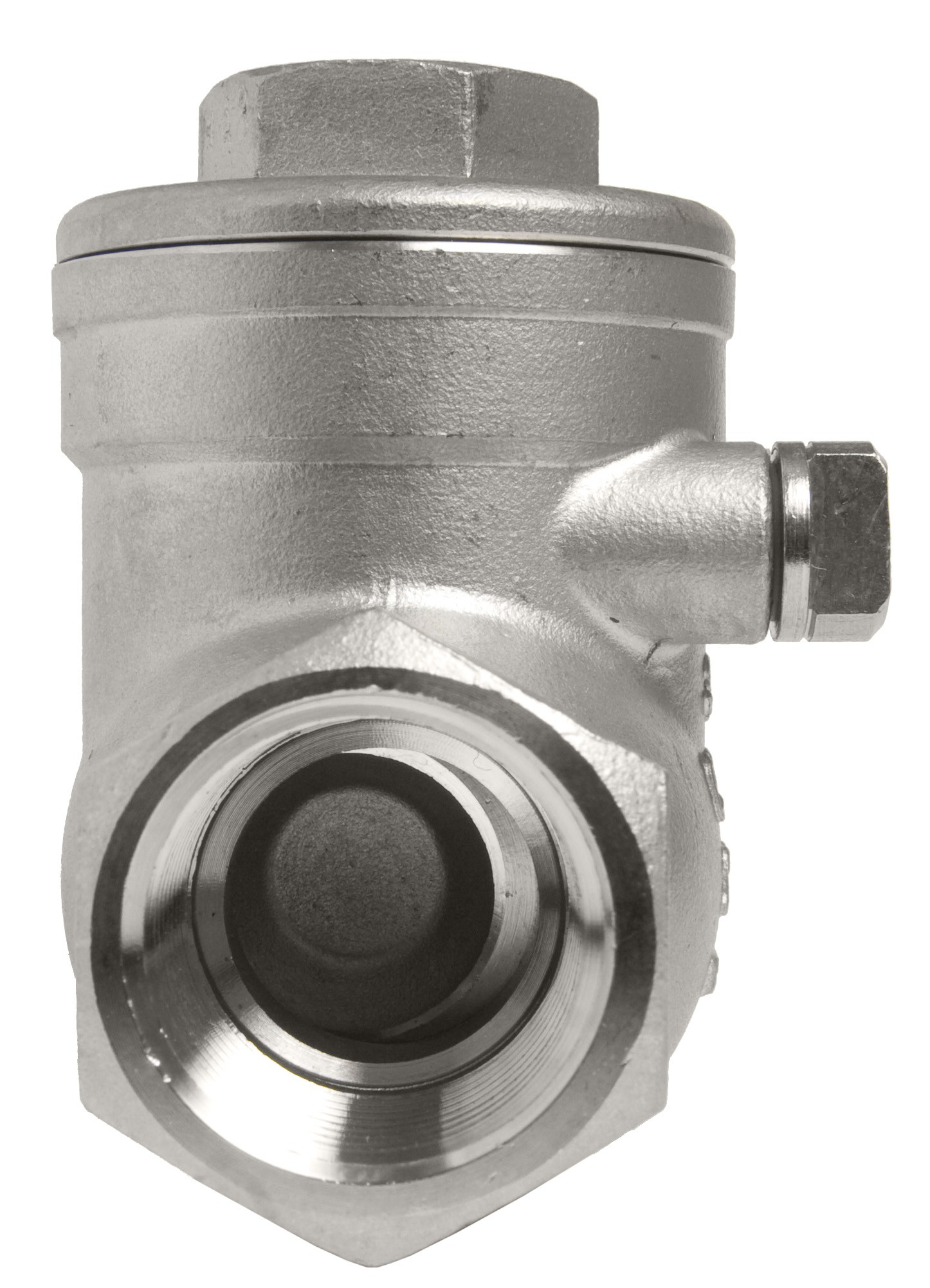
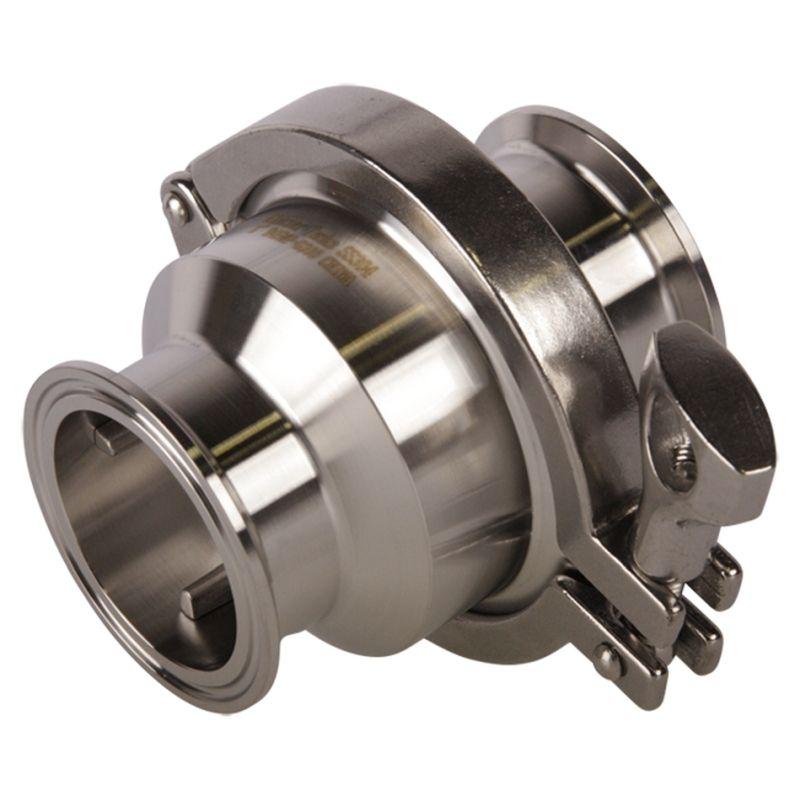
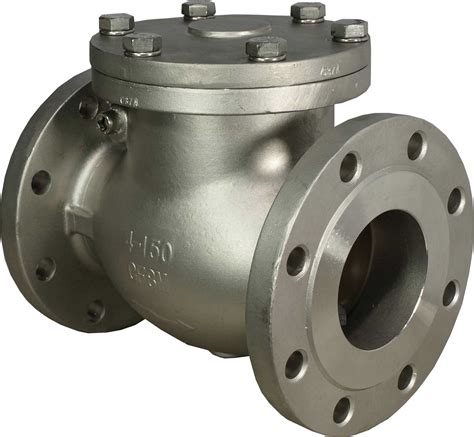
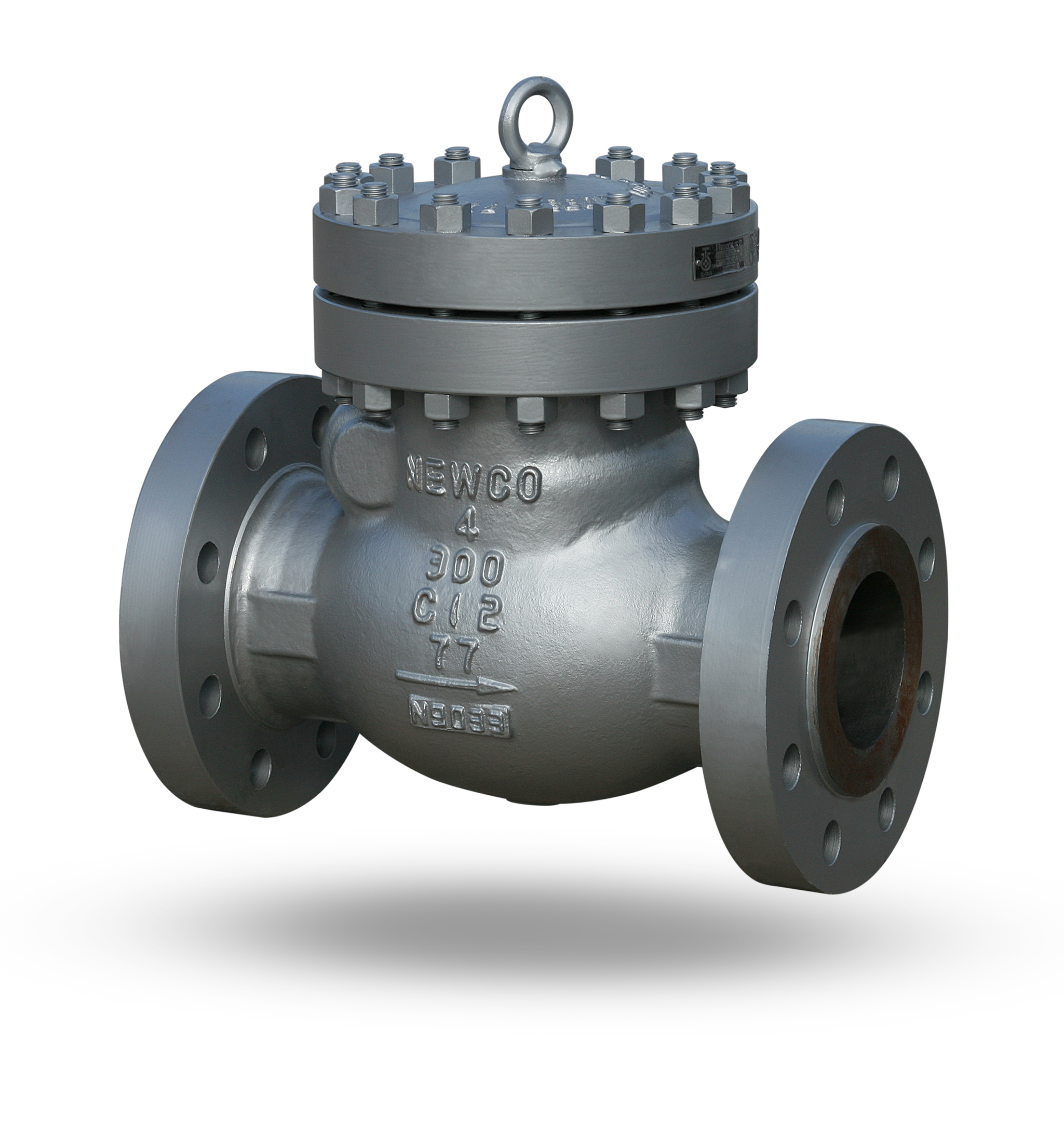
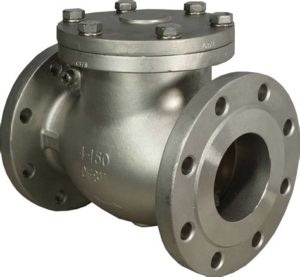
Reviews
There are no reviews yet.